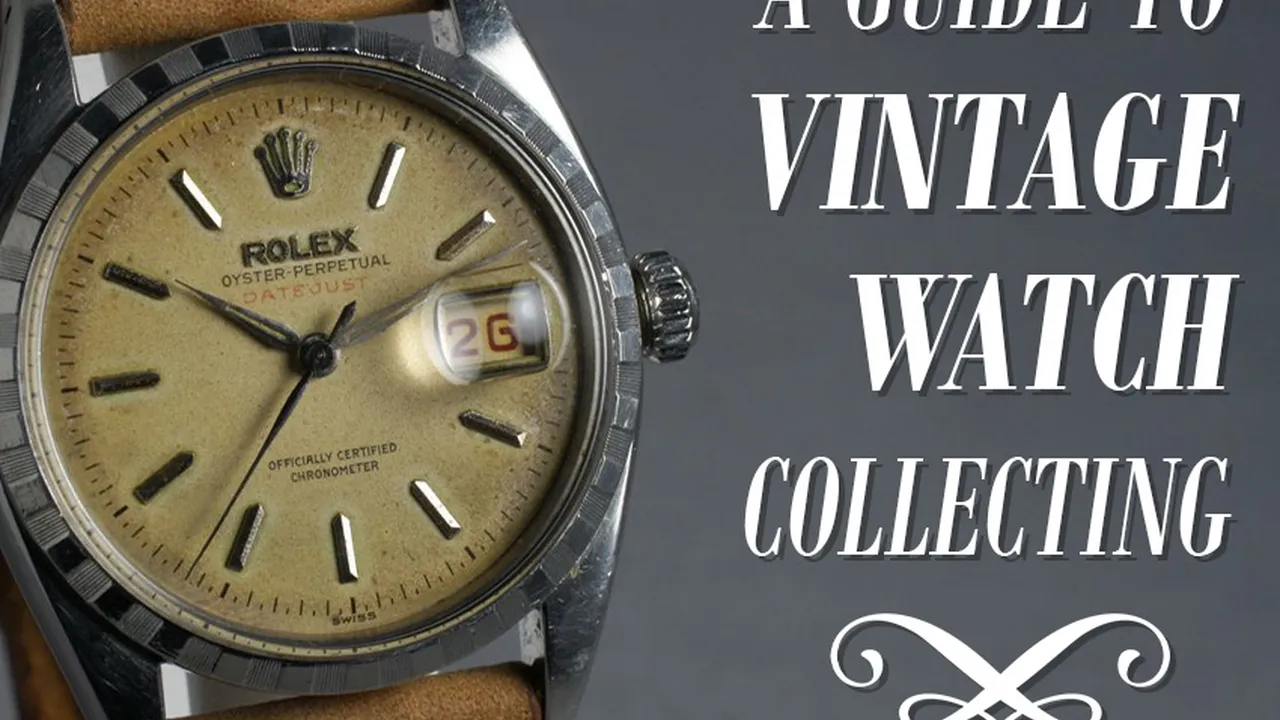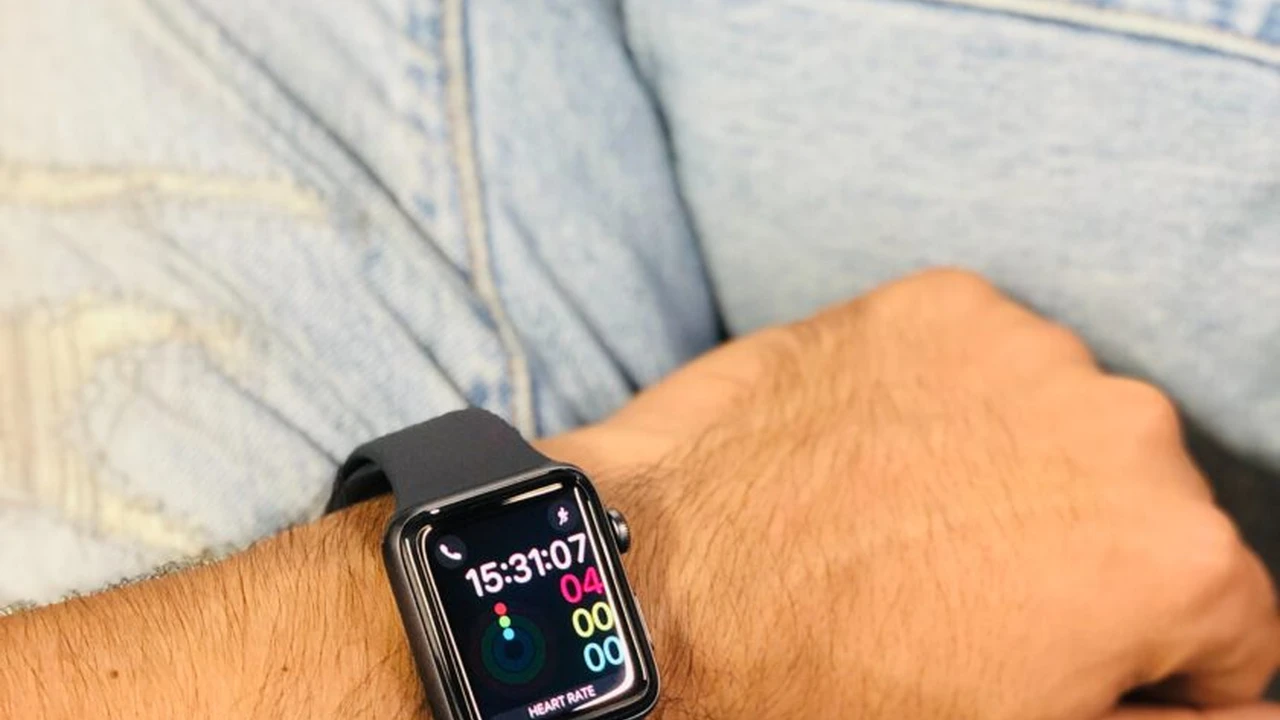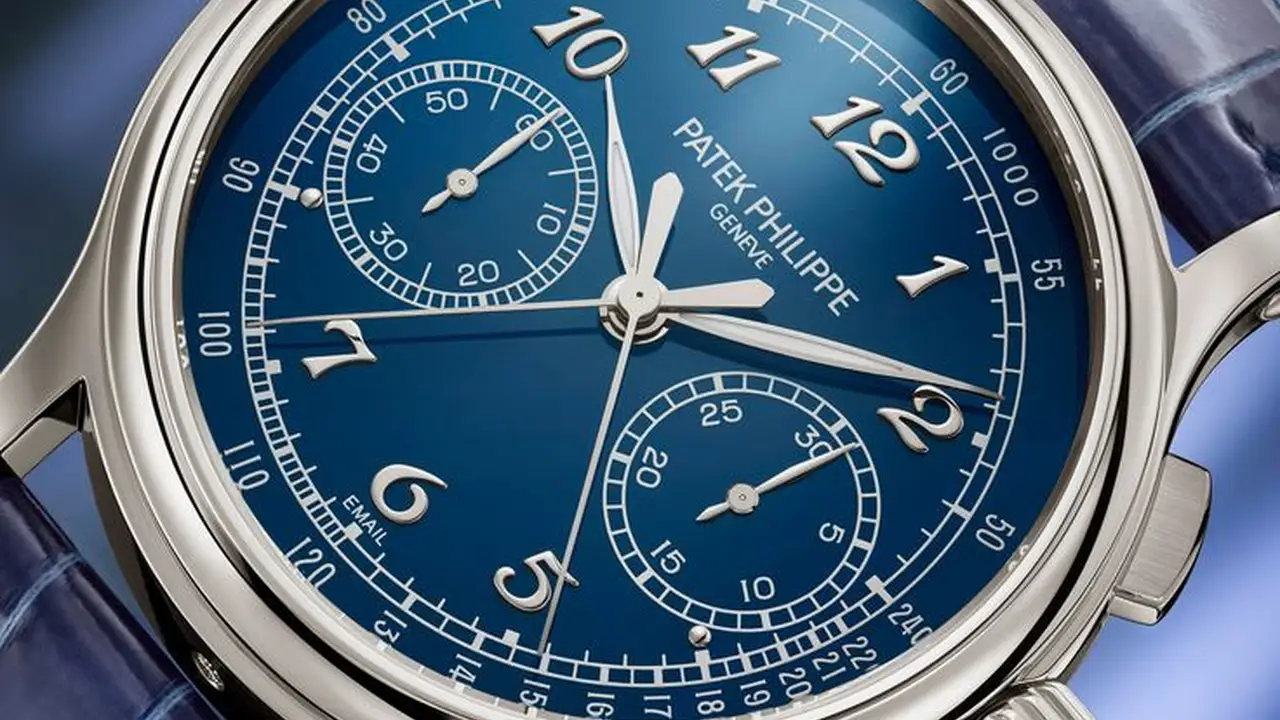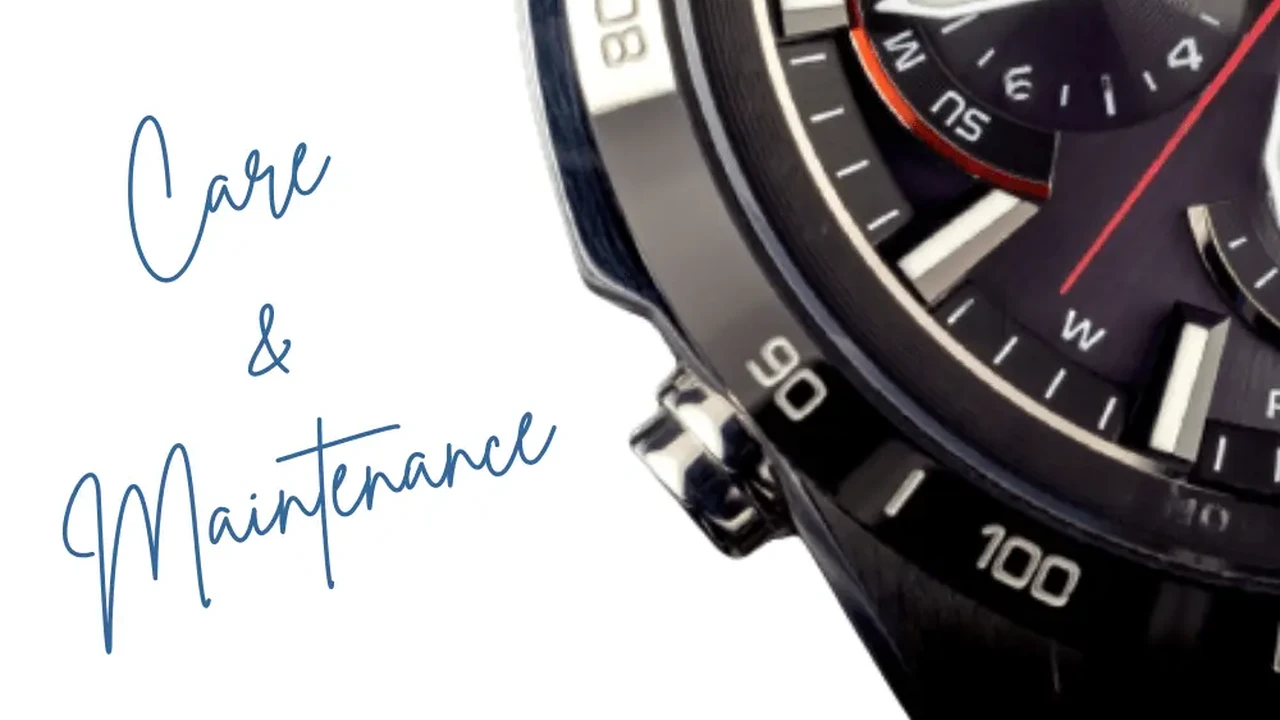Vintage Watch Collecting: A Guide to Finding Rare Gems
Vintage watch collecting is more than just a hobby; it's a journey through time, a treasure hunt for horological history. This guide is your roadmap to navigating the fascinating world of vintage watches, helping you identify rare gems, assess their condition, and ultimately, build a collection that reflects your personal style and appreciation for craftsmanship. Meta Description: A guide to vintage watch collecting. Learn how to identify rare gems, assess condition, and navigate the vintage market.

Why Collect Vintage Watches? Understanding the Appeal
So, what’s the big deal about old watches? Well, for starters, they're unique! You're not just buying a timepiece; you're buying a piece of history. Many vintage watches boast designs you simply can't find in modern models. Think about the Art Deco elegance of the 1930s or the bold, colorful styles of the 1970s. Each watch tells a story, reflecting the era in which it was created. Plus, many vintage watches were made with a level of craftsmanship that's hard to replicate today, using techniques and materials that are no longer common. Finally, there's the investment aspect. Certain vintage watches can appreciate significantly in value over time, making them a potentially lucrative asset.
Identifying Rare Gems: Spotting Valuable Vintage Watches
Okay, let's get down to the nitty-gritty. How do you actually find these 'rare gems'? Here are a few key things to look for:
- Brand Reputation: Certain brands, like Rolex, Patek Philippe, and Audemars Piguet, are consistently sought after by collectors. Even lesser-known brands can have valuable models if they were particularly innovative or used high-quality movements.
- Rarity: Limited production runs, unique complications (like moon phases or chronographs), and unusual dial variations all contribute to a watch's rarity and, therefore, its value. Look for watches with 'tropical' dials (where the black dial has faded to brown), or those with specific military provenance.
- Condition: This is crucial. A watch in excellent, original condition will always be worth more than one that's been heavily restored or has replacement parts. Original dials, hands, and movements are highly desirable.
- Provenance: Does the watch have a documented history? Knowing who owned it, where it was used, or any significant events it was involved in can significantly increase its value.
- Movement Quality: The heart of any watch is its movement. Look for watches with high-quality, in-house movements. Brands like Jaeger-LeCoultre and Zenith are renowned for their movement expertise.
Assessing Condition: What to Look for in a Vintage Timepiece
Evaluating the condition of a vintage watch is a critical skill. Here's a breakdown of what to examine:
- Case: Check for scratches, dents, and signs of polishing. Over-polishing can soften the edges of the case and diminish its originality. Look for sharp, well-defined lines.
- Dial: The dial is the face of the watch, and its condition is paramount. Look for original dials with even patina (a natural aging process that gives the dial a unique character). Avoid dials that have been refinished or repainted, as this significantly reduces their value.
- Hands: Ensure the hands are original to the watch and haven't been replaced. Check for corrosion or damage.
- Crystal: The crystal (the clear cover over the dial) should be free of cracks and scratches. If it's been replaced, make sure it's the correct type (e.g., acrylic or mineral glass).
- Movement: The movement should be clean, well-maintained, and functioning properly. Have a watchmaker inspect the movement to ensure it's in good working order.
- Strap/Bracelet: While not as crucial as the watch itself, an original strap or bracelet can add value. Leather straps should be supple and in good condition. Metal bracelets should be free of excessive wear and tear.
Navigating the Vintage Market: Where to Find Your Next Treasure
Now that you know what to look for, where do you actually find these vintage gems? Here are a few options:
- Online Auctions: Sites like eBay and specialist watch auction houses (e.g., Christie's, Sotheby's) are great places to find vintage watches. However, be cautious and do your research before bidding. Authenticate the watch and understand the auction house's terms and conditions.
- Vintage Watch Dealers: Reputable vintage watch dealers are experts in their field and can provide valuable guidance and authentication services. While they may charge a premium, you're paying for their expertise and peace of mind.
- Watch Forums and Communities: Online watch forums and communities are excellent resources for learning about vintage watches and connecting with other collectors. You may even find watches for sale directly from other enthusiasts.
- Antique Shops and Flea Markets: While less likely to yield high-end finds, antique shops and flea markets can be a good place to stumble upon hidden gems at affordable prices. Be prepared to do your research and negotiate.
Recommended Vintage Watches and Their Use Cases
Let's look at some specific examples of vintage watches that are worth considering for your collection.
Rolex Submariner (Reference 5513)
Use Case: A classic dive watch that's equally at home in the ocean or at a cocktail party.
Description: The Rolex Submariner 5513, produced from the 1960s to the 1980s, is a timeless icon. Its robust construction, legible dial, and waterproof case make it a reliable and stylish choice.
Price Range: $10,000 - $25,000+ depending on condition and year.
Omega Speedmaster Professional (Pre-Moon)
Use Case: A historical chronograph with a connection to space exploration.
Description: Before the Speedmaster became the 'Moonwatch,' it was a racing chronograph. Pre-Moon Speedmasters (those produced before 1969) are highly sought after by collectors.
Price Range: $5,000 - $15,000+ depending on condition and year.
Heuer Autavia (Reference 2446)
Use Case: A vintage racing chronograph with a bold and sporty design.
Description: The Heuer Autavia, introduced in the 1960s, was designed for pilots and automobile racers. Its distinctive rotating bezel and chronograph functionality make it a practical and stylish choice.
Price Range: $4,000 - $12,000+ depending on condition and year.
Jaeger-LeCoultre Memovox
Use Case: A sophisticated dress watch with an alarm function.
Description: The Jaeger-LeCoultre Memovox is a classic dress watch with a unique alarm complication. Its elegant design and high-quality movement make it a desirable addition to any collection.
Price Range: $2,000 - $8,000+ depending on condition and year.
Seiko 6139-6002 'Pogue'
Use Case: A vintage Japanese chronograph with a unique story.
Description: The Seiko 6139-6002, nicknamed the 'Pogue' after astronaut William Pogue wore one on a Skylab mission, is a vintage chronograph with a unique history and vibrant design. It offers great value for money.
Price Range: $500 - $2,000+ depending on condition.
Vintage Watch Comparison: Rolex vs. Omega vs. Seiko
Choosing which vintage watch to buy can be overwhelming. Here's a quick comparison of three popular brands:
- Rolex: Known for its robust construction, timeless designs, and investment potential. Rolex watches tend to hold their value well and are a safe bet for collectors. However, they can be more expensive than other brands.
- Omega: Offers a rich history, innovative movements, and a connection to space exploration. Omega watches provide a good balance of quality, value, and historical significance.
- Seiko: Provides excellent value for money, innovative technology, and a wide range of styles. Vintage Seiko watches are a great entry point for new collectors.
Tips for Buying Vintage Watches: Protecting Your Investment
Before you make a purchase, keep these tips in mind:
- Do Your Research: Learn as much as you can about the specific watch you're interested in. Research its history, production numbers, and common issues.
- Buy from Reputable Sources: Stick to reputable dealers or auction houses with a proven track record.
- Get an Authentication: If you're unsure about the authenticity of a watch, have it authenticated by a qualified expert.
- Inspect the Watch Carefully: Examine the watch thoroughly for any signs of damage or modification.
- Ask Questions: Don't be afraid to ask the seller questions about the watch's history, condition, and service record.
- Negotiate the Price: Don't be afraid to negotiate the price, especially if you find any issues with the watch.
- Get it Insured: Once you've purchased a vintage watch, get it insured to protect your investment.
Vintage watch collecting is a rewarding hobby that can provide years of enjoyment. By following these guidelines, you can navigate the vintage market with confidence and build a collection of rare and valuable timepieces. Happy hunting!
:max_bytes(150000):strip_icc()/277019-baked-pork-chops-with-cream-of-mushroom-soup-DDMFS-beauty-4x3-BG-7505-5762b731cf30447d9cbbbbbf387beafa.jpg)






